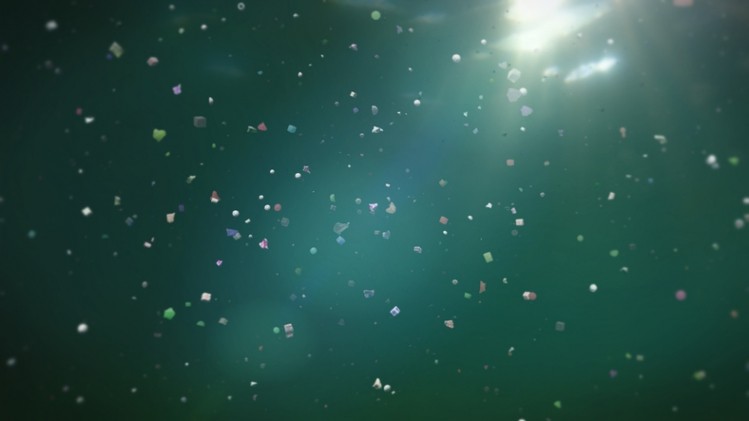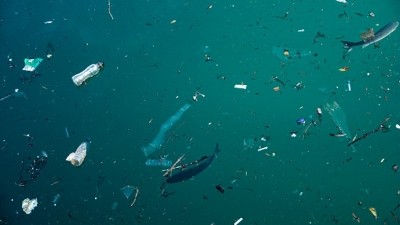New study: Fishmeal can be a pathway for plastics to enter the seafood chain

An article in the Global Aquaculture Alliance's publication, the Advocate, highlighted the new piece of research, gauging industry reaction in the process.
The authors of that new study, which was published in Aquaculture, outlined how they analyzed samples of 26 different commercial fishmeal products, from 11 countries on four continents and Antarctica.
They found a wide range of plastics content in samples.
The highest level of plastic was identified in fishmeal obtained from China and Morocco, while fishmeal samples from Norway and South Korea had relatively low levels of plastic contamination, and no plastics were detected in krill meal obtained from Antarctica.
Carnivorous fish species with a high percentage of dietary fishmeal have a substantially higher risk for plastic intake, cautioned the researchers.
“Some places in the marine environment are plastic soup. If they catch fish from those areas, they will definitely catch plastic,” Sedat Gündoğdu, a marine biologist at Turkey’s Curkova University and the study’s lead author, told the Advocate.
'The science on this is still in its infancy'
IFFO, the international trade organization representing the marine ingredients industry, says the challenge of microplastics is global and impacts the whole seafood supply chain. The body of science on this topic is growing but is still in its relative infancy, it commented in a note on its website.
It stressed, however, that many of the small pelagic fish species used for the production of fishmeal and fish oil are generally short-lived; these species do not generally, therefore, have the length of exposure to environmental contaminants, including plastics that are seen in other species, says the organization, noting a raft of recent studies on the topic.
“Some studies have looked at the impact of the presence of plastics in aquafeeds, but often the concentrations used in test diets are significantly higher than the levels found in the environment, so extrapolation from such studies to the field requires caution.
“We are far from understanding the full picture of any risk that may be attached to the presence of plastics in marine ingredients and urge the continuation of high quality scientific research in this field to support national government policy decisions and any future regulation or management of this issue,” said the trade body.
This new study by Gündoğdu et al maintains that fishmeal production also provides opportunities for microplastic contamination to occur. Fishmeal may come in contact with microplastics from contact with conveyor belts, or machinery parts as it is being extruded, they said.
Bagging for transportation is another likely area of contamination, with fishmeal producers sometimes using woven sacks made from polypropylene to package the final product for transportation and storage. “This might clarify why a relatively abundant amount of PP [polypropylene] type polymers in fishmeal samples was recorded,” the authors wrote.
The feed manufacturing view
Erik Olav Gracey, sustainability specialist with aqua feed group, BioMar, says the company purchases in bulk for its fish feed factories, “so the question of bagging of fishmeal is not relevant for production of salmonids in Norway.”
The topic of microplastic and nanoplastic contamination is one BioMar has been evaluating. However, he told the Advocate that the most likely origin of detected plastic particles are from the digestive tracts of the whole fish or byproducts used to make up the fishmeal, rather than the manufacturing process, referencing the Norwegian Seafood Research Fund that has financed several studies on the topic.
He said the industry needs more robust data on nanoplastic and microplastics in feed raw materials, and the transference and accumulation of these particles in salmonid primary products and byproducts.












